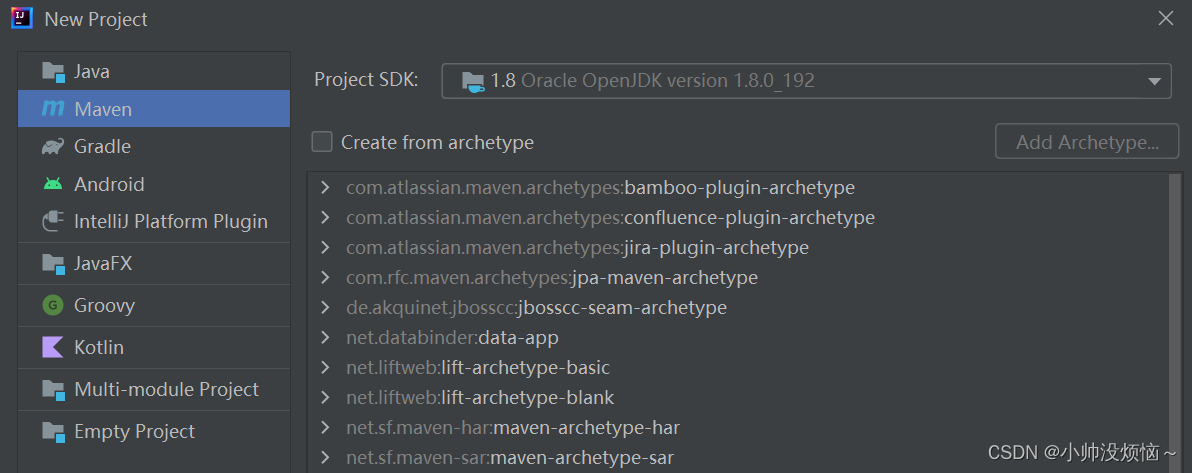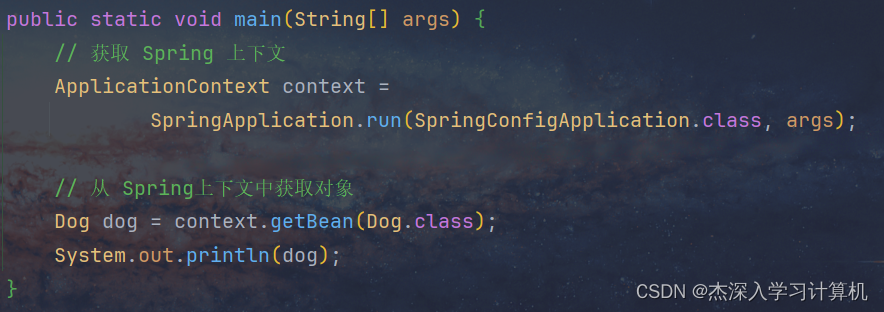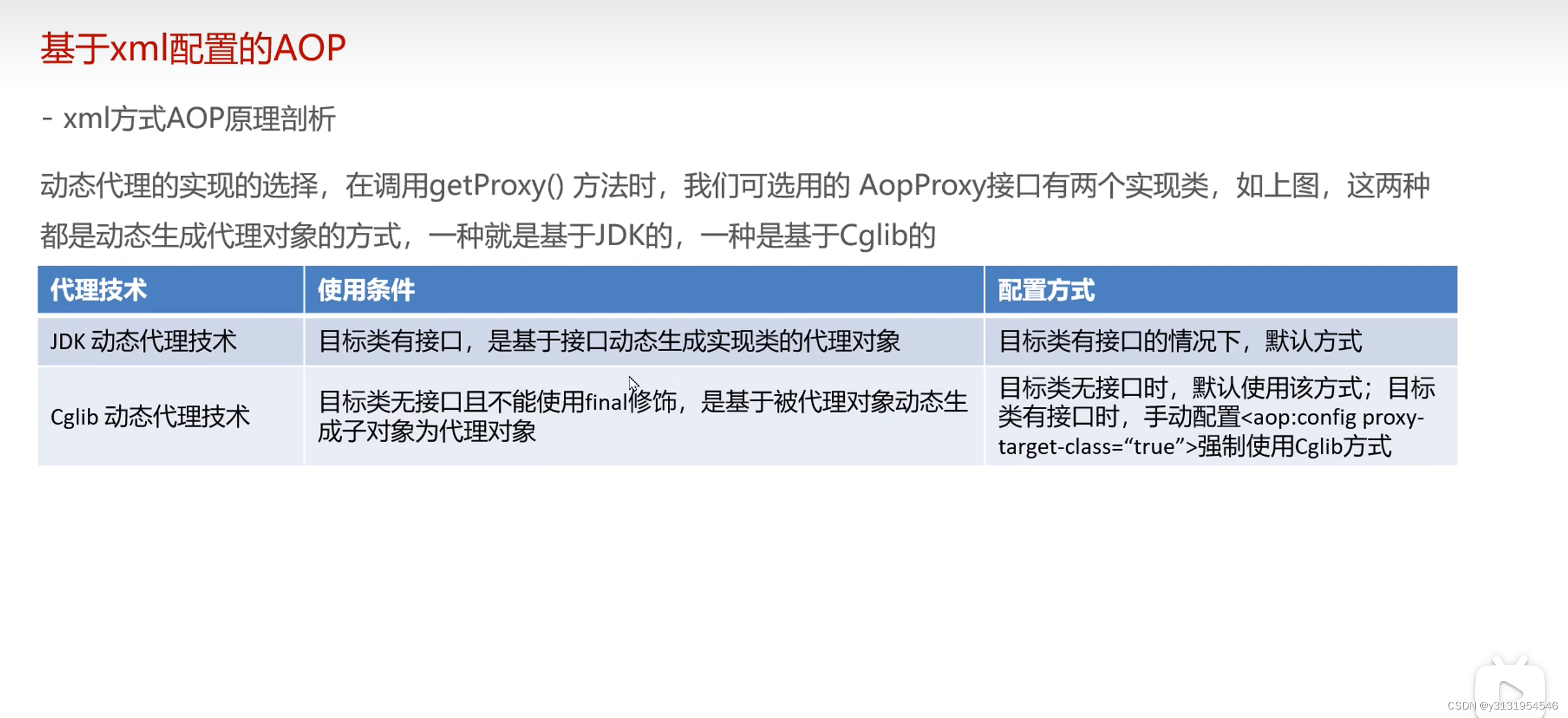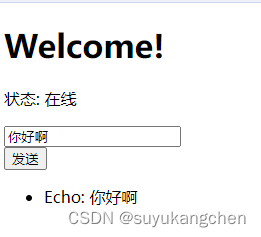本文介绍: 缓存介绍缓存,在我们的日常开发中用的非常多,是我们应对各种性能问题支持高并发的一大利器。Spring 从3.1开始就引入了缓存的支持。定义了如下两个接口来统一支持不同的缓存技术。我们熟知的缓存有:堆缓存(Ehcache3.xCaffeine等)、堆外缓存(Ehcache3.xMapDB等)、分布式缓存RedisMemcached等)等等。@Cacheable@CachePutCache 和 CacheManager 接口说明Cache 接口包含缓存的各种操作集合,你操作缓存就是通过这个接口来操作的。
一、简介
二、缓存实战
1.开启缓存
在 SpringBoot 的启动类上添加注解@EnableCaching。
2.@Cacheable
常用属性:
3.@CachePut
4.@CacheEvict
常用属性
5.@CacheConfig
常用属性
6.@Caching
7.自定义缓存过期时间
三、spEL表达式
声明:本站所有文章,如无特殊说明或标注,均为本站原创发布。任何个人或组织,在未征得本站同意时,禁止复制、盗用、采集、发布本站内容到任何网站、书籍等各类媒体平台。如若本站内容侵犯了原著者的合法权益,可联系我们进行处理。








